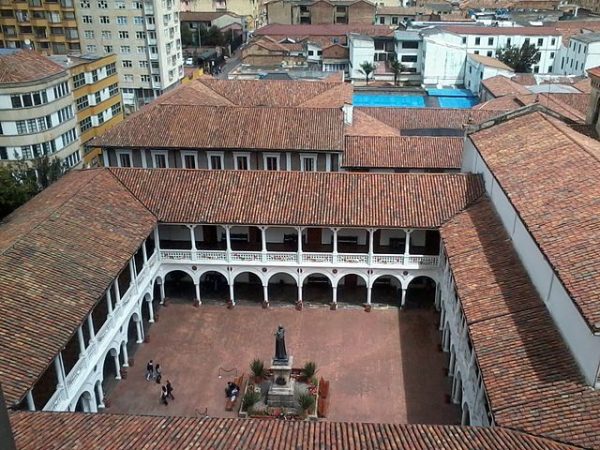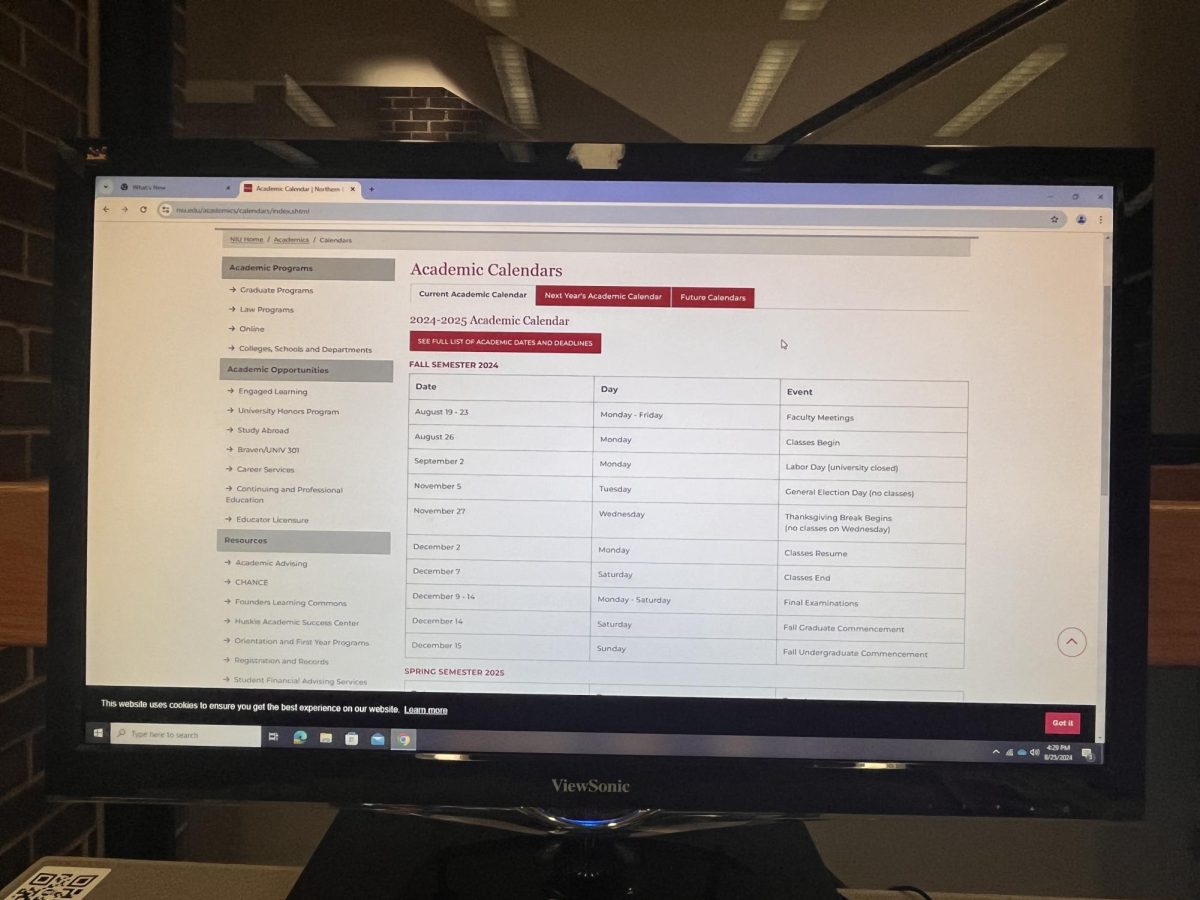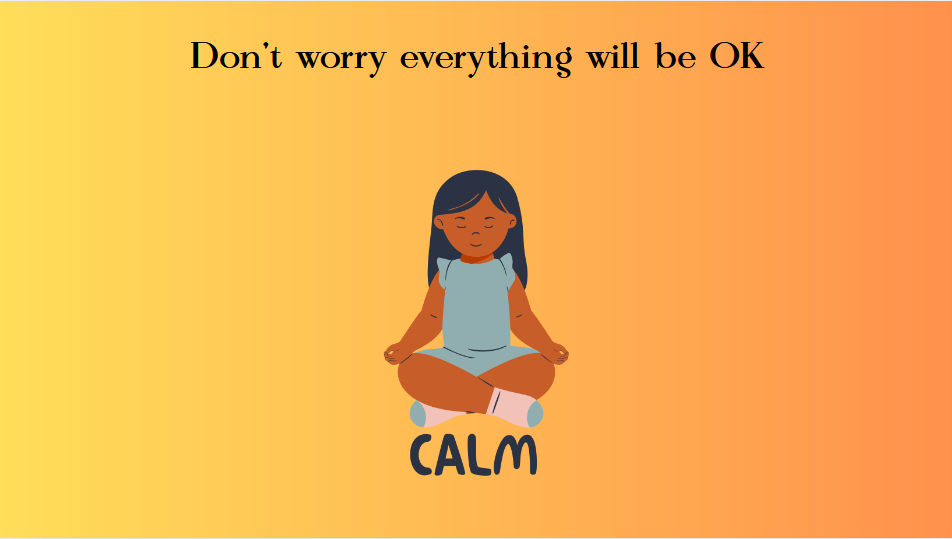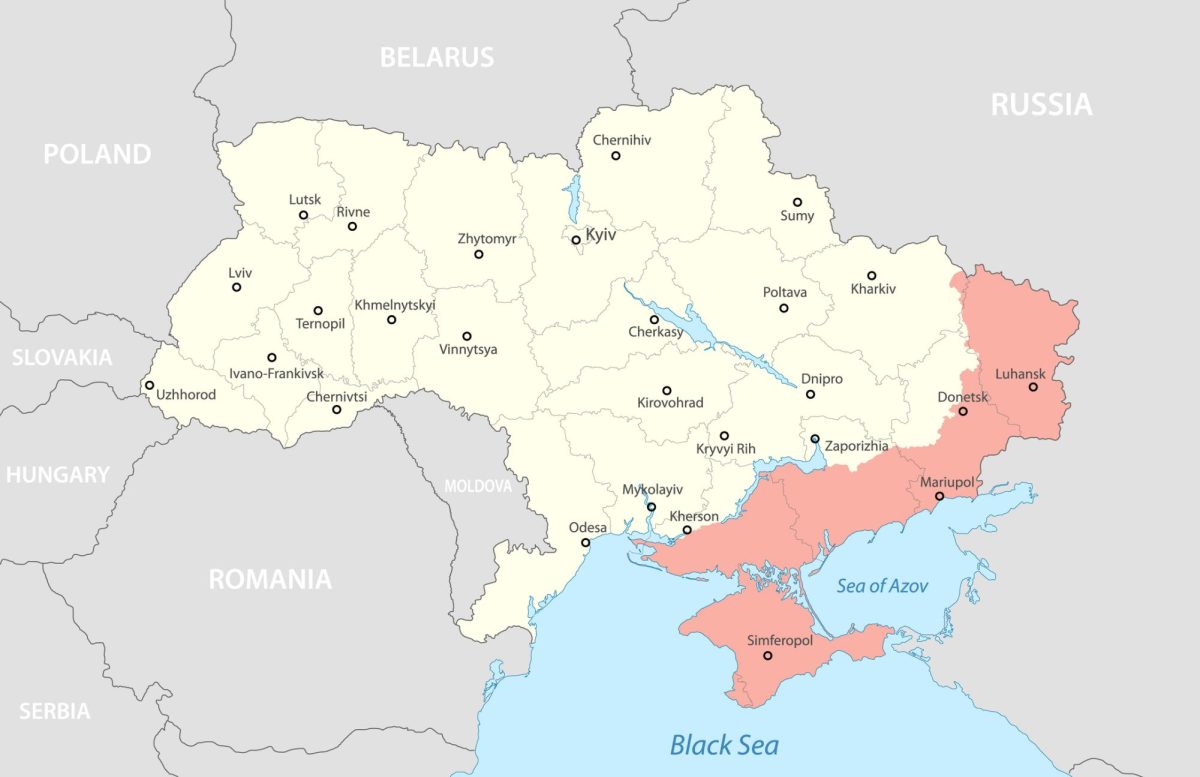Summer break has the perfect weather for summer outings through the different villages of the Midwest, and the perfect opportunity to attend — without pressure — different sports championships, concerts and more.
However, the extended break in summer leaves the rest of the year unbalanced.
In the United States, the most common academic calendar extends through two calendar years. But in some other countries, the standard calendar year is also used as an academic calendar.
So what if U.S. universities — like NIU — changed their academic calendars?
With an academic calendar like those used in universities abroad, a year at NIU would look totally different.
This year-round academic calendar is based on a calendar year, not an artificial one like the August through May calendar we use.
The year-round calendar’s holidays are divided into four segments.
In most Colombian universities, for instance, there are two week-long breaks: one in March and one in October. March corresponds to Holy Week, a Catholic celebration that is very important in South America. However, that doesn’t mean that the week should be only for Catholics, a week off in March provides a nice chance to enjoy the emerging spring weather. The week off in October is provided as a rest before midterms.
There are also two large holiday periods, almost a month and a half long each. One begins in early July and ends in August. The other encompasses the winter and New Year holidays, beginning in mid-November and ending in the last days of January.
With this year-round calendar, breaks from school are more evenly distributed. With less distance between breaks, students will experience less time between instructional times. Students are still able to rest but not long enough to forget their learning.

Be honest, Huskies, what have you all forgotten since May?
Administratively it is much better to divide the school calendar
into natural years, rather than having to make the clarification — for instance — that this year is the 2024-2025 academic year. Instead, it can just be 2024.
“Comparing the calendar in USA and Colombia, which I prefer? I think that in Colombia because that is the one (calendar) that I’m being all my life, like, in the college and in the same in the calendar,” said Maria Paula Gomez, a student at Rosario’s University in Colombia, which uses the more organized academic calendar NIU’s missing out on.
With a calendar year system, there is no rush for college admissions. People can register throughout the year. Orientations are adapted to last less than four days and for universities to return to full academic normality in less than a week.
A calendar year system also prevents students from having to do university work during vacations, regardless of extracurriculars. No break is long enough to require attention in preparation for new terms. Each break would truly be a complete break.
NIU and other U.S. universities should make a change in the academic calendar and allow students more reasonable times of study and relaxation.




















